5 interior design trends that are making major comebacks
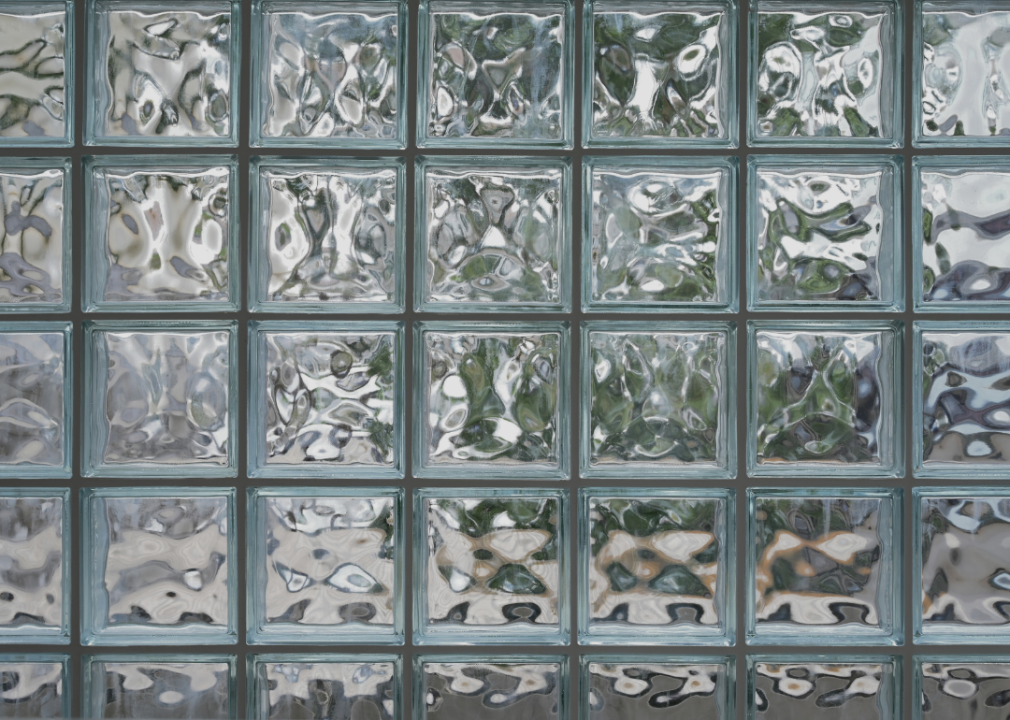
Suti Stock Photo // Shutterstock
5 interior design trends that are making major comebacks
The old adage that everything old is new again almost always proves true when it comes to fashion and design—just wait long enough, and what’s cool will inevitably cycle back. Thought you’d never see the return of low-waisted jeans or built-in appliances in shades of avocado green? Think again. The cyclical nature of trends follows what forecasters term “the 20-year rule,” where styles from two decades past reemerge to be interpreted—and desired—by a new audience.
Nostalgia is a big driver of the 20-year rule since it’s often people feeling a fondness for styles or objects that were familiar to them during childhood that spurs a widespread renaissance of, say, mid-century modernism in the early ’90s—the math is rough, but think of mid-century ending in the early 1970s. Retro or vintage design, especially in home decor, provides a tangible link to the past that offers consumers comfort, familiarity, and style. Plus, buying vintage home goods is a great form of recycling!
The rise of social media platforms like TikTok and Instagram has accelerated the pace with which trends spread and the rate at which retro styles reemerge. Having a viral moment means that trends circulate faster than ever before, leading some experts to conclude that the 20-year rule cycle has collapsed into an ongoing series of microtrends. Even at the breakneck speed of digital culture, styles from the past are reborn—perhaps multiple times—with fresh takes that reflect the current moment.
Take, for example, the “shabby chic” style, which was popularized in the 1990s and named after a decor shop in Santa Monica, California, that sold flea market finds and slipcovered furniture. The “undone” aesthetic, which features rumpled, often ruffled linens, heavily painted antiques with time-worn layers exposed, and lots of florals, was certainly referenced (or reborn) by cottagecore in the late 2010s. This trend has morphed its cozy, relaxed vibe into a trend known as “coastal grandma.” The core DNA of shabby chic—relaxed, feminine elegance—runs through all, boomeranging back in record time.
While the pace of change may be quickening, the creativity with which design trends reemerge doesn’t seem to suffer—who’d have thought we’d have a name, much less a full aesthetic to describe the look of women and kitchens from Nancy Meyers movies? Such creative rebirth is evident across all elements of design, such as in the paint colors and lighting choices and the influences of particular historical eras or designers. To explore this rich terrain of retro styles making comebacks, Lazzoni analyzed design trend reports and leading publications to curate five interior design trends that are back in style in 2025.

Keisuke_N // Shutterstock
Glass blocks are back in a big way
For those who think the glass block began and ended with “Miami Vice,” think again: Glass blocks were first made in 1886 in France and used often in Streamline Moderne architecture of the 1930s. Created from molded glass, these blocks (or bricks as they are often called) are a low-maintenance, highly economical material that allows light in while also giving privacy and security.
A popular material for commercial and school design in the 1950s, they reemerged again in the 1970s and The New York Times noted the renaissance as “part of a more general return to elegance with polished images of mirrors, chrome and glass.” Perhaps that association with the 1970s is why they are back in vogue, with designers like Billy Cotton, Elliot Barnes and Darren Jett using them in restaurants, hotels, lofts, and other residences.
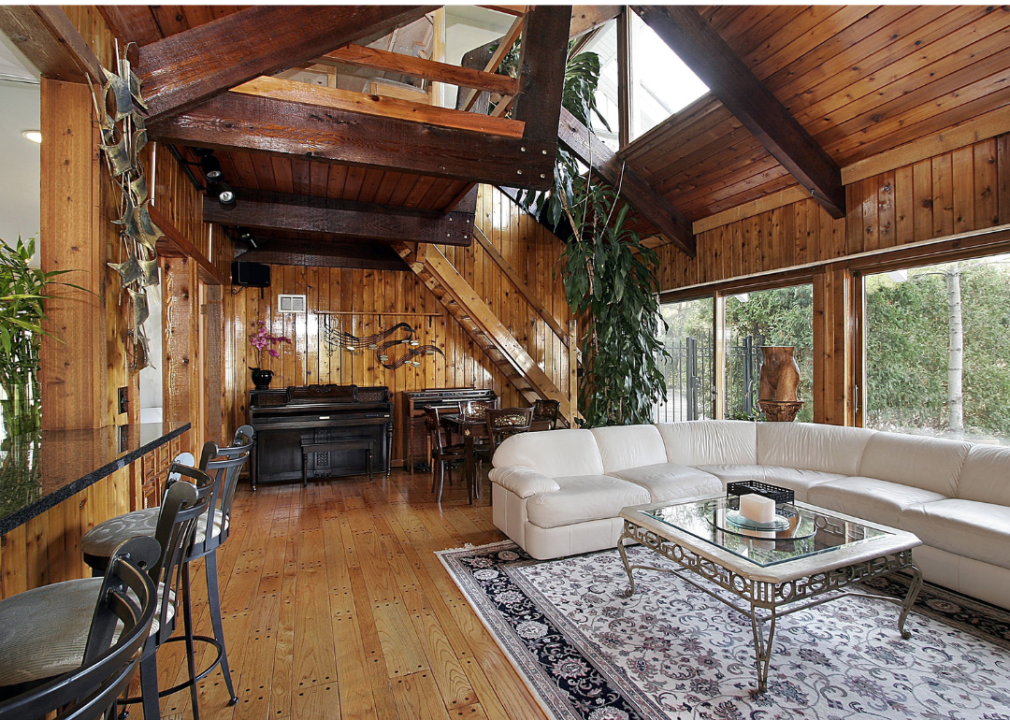
pics721 // Shutterstock
More than that ’70s basement look: wood-paneled walls
Gone are the days of the all-white interiors and the super crisp, white wall. This year, it’s all about the resurgence of warm wood, whether in cabinetry, furniture, or—gasp—on the walls. For warming up interiors, design experts like editor Hugh Metcalf are noticing designers using “wood drenching,” which entails the generous use of wood paneling, especially the dark and dramatic kind.
Like glass blocks and high-pile rugs, this comeback is certainly 1970s-inspired but it hardly looks like your grandma’s musty basement or the rumpus room of old. Today’s wood paneling uses natural woods and well-crafted synthetics, and incorporates a variety of installation techniques to make a warm and sophisticated space.
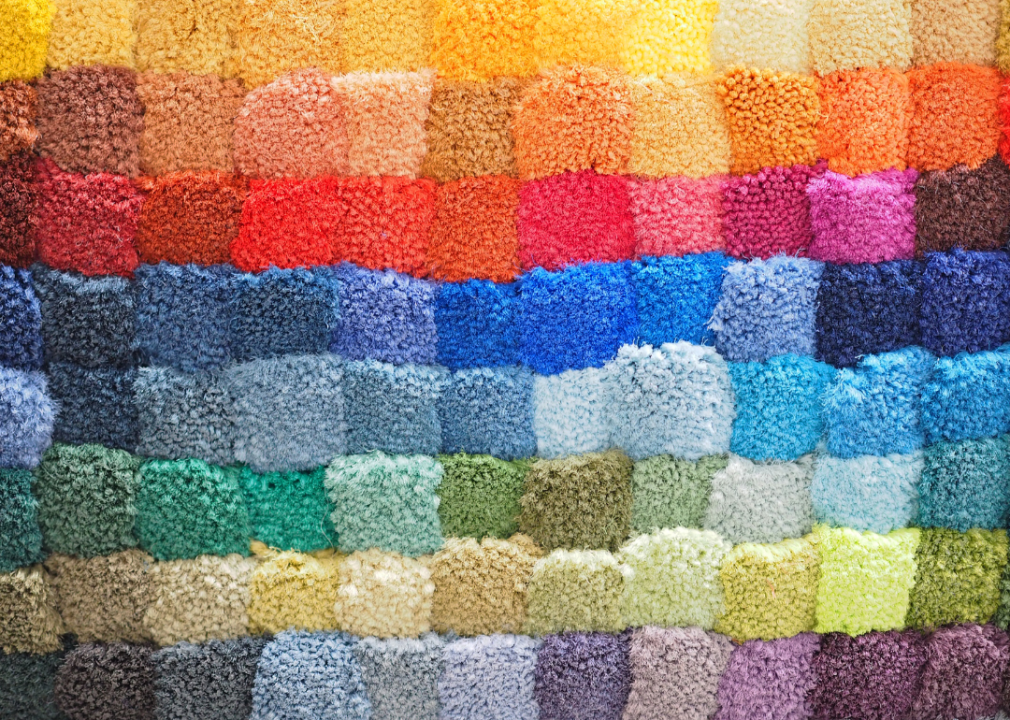
Ploy Intharee // Shutterstock
High-pile rugs are plush
A staple of homes in the 1960s and ’70s, colorful shag carpets and rugs are making a return, bringing with them a sea of high-pile, plush flooring in every color of the rainbow. These joyous pools of longer fibers (flokati is a favorite) allow a more playful and luxurious flooring style after years of bare, hardwood floors punctuated with a few thin area rugs.
Like the wood paneling trend, the reemergence of plush rugs marks a return to 1970s living and rec rooms of old but with a new vibe of quiet decadence. Whether it’s used as a solid, wall-to-wall carpet or as an area rug, a shag rug is a luxurious way to add dimension, warmth, and character to a room.
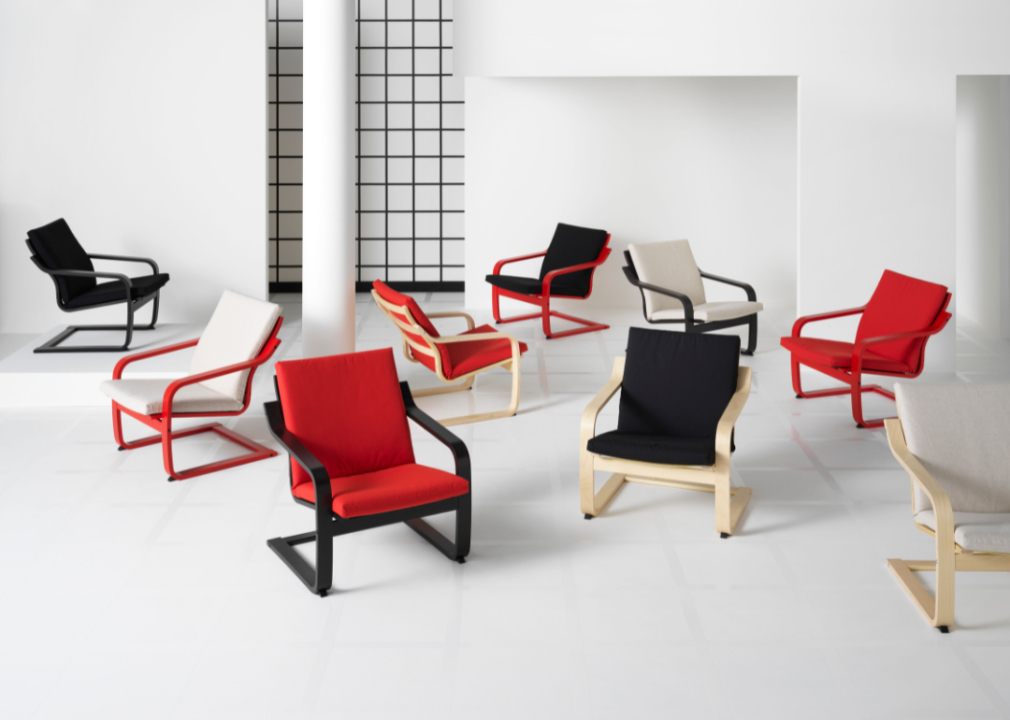
Inter IKEA Systems B.V. 2025
Bentwood lounge chairs beyond Eames
By now, the iconic Eames lounge chair is everywhere—it’s iconic for a reason. Graceful, sleek, luxurious (that buttery leather!), and comfortable, the lucky ones among us might inherit an original as an heirloom, and the very lucky might uncover a vintage one in some out-of-the-way locale. But because of their ubiquitousness, many design aficionados have moved on to discover other mid-century bentwood loungers that execute similar craftsmanship and silhouettes that aren’t as well known and aren’t just dupes of the famed chair.
Increasingly, people are looking to Scandinavian designs, like the “Siesta” lounge chair, exported by a Norwegian company called Westnofa and designed by Ingmar Relling. The Siesta chair was designed in 1965 and appears to be a potential influence on another famous design—Ikea’s Poäng chair, which first debuted in 1976. A testament to this trend for late mid-century bentwood alternatives is that in spring 2024, Ikea released a vintage collection that includes a new edition of the Poäng, minus the headrest, which is apparently what the original designer Noboru Nakamura wanted.
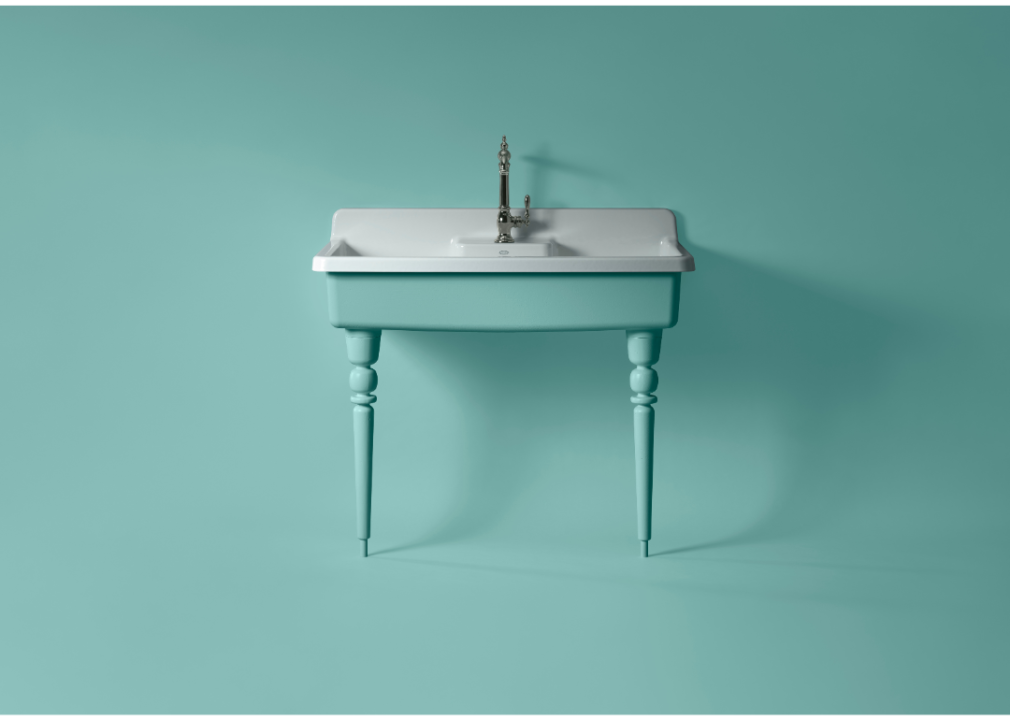
Kohler
Pastels in the bathroom
Those who believe the world was more interesting before the rise of the all-white rooms can rejoice: Color is back in a big way throughout the home, especially in functional spaces such as kitchens and baths. Vintage styles like wallpaper, color drenching (or filling the walls, ceiling, molding with a chosen hue), and patterned sofas recall the 1950s, as does another big retro design trend: the pastel bathroom. Think soft pink, dusty mauve, minty green, and orange sherbert elegance.
After years of watching Easter egg-hued bathrooms meet certain destruction on home renovation TV shows, designers and consumers alike are embracing original details like pastel fixtures and tiles. In 2023, plumbing fixture maker Kohler revived its six archival colors for sinks, toilets, and tubs, all of which are vintage pastels, reflecting the growing demand for soft colors in spaces. Inquire at any architectural salvage place about a pastel fixture, and they’ll likely tell you the pink sinks are the first to go.
Story editing by Carren Jao. Copy editing by Kristen Wegrzyn.
This story was produced by
Lazzoni and was produced and
distributed in partnership with
Stacker.
![]()



